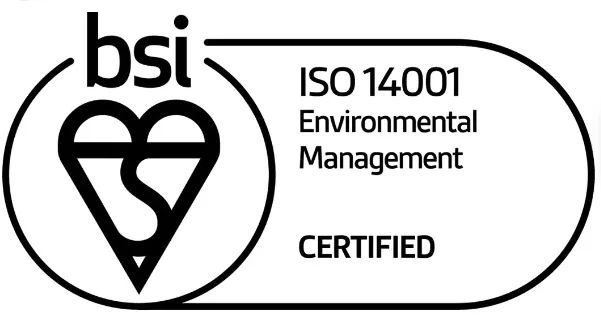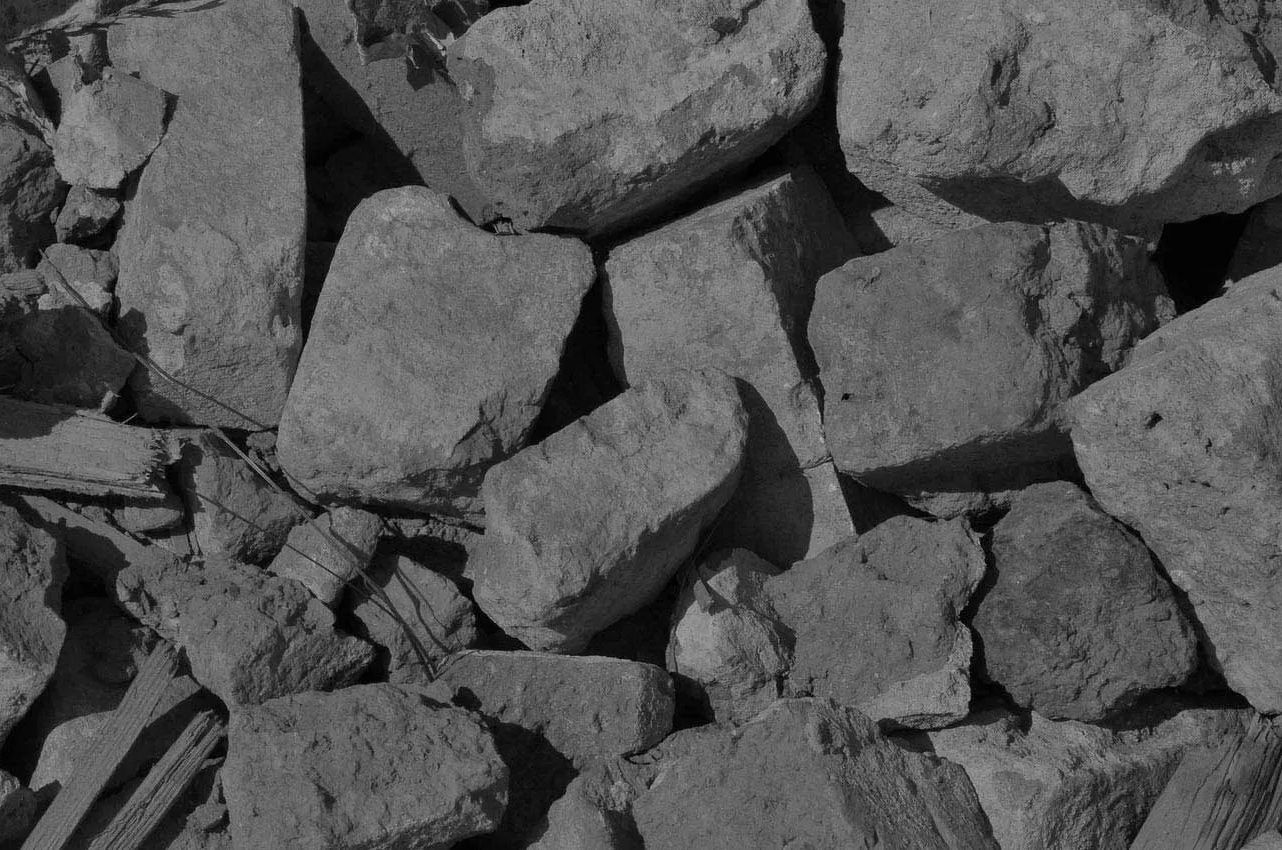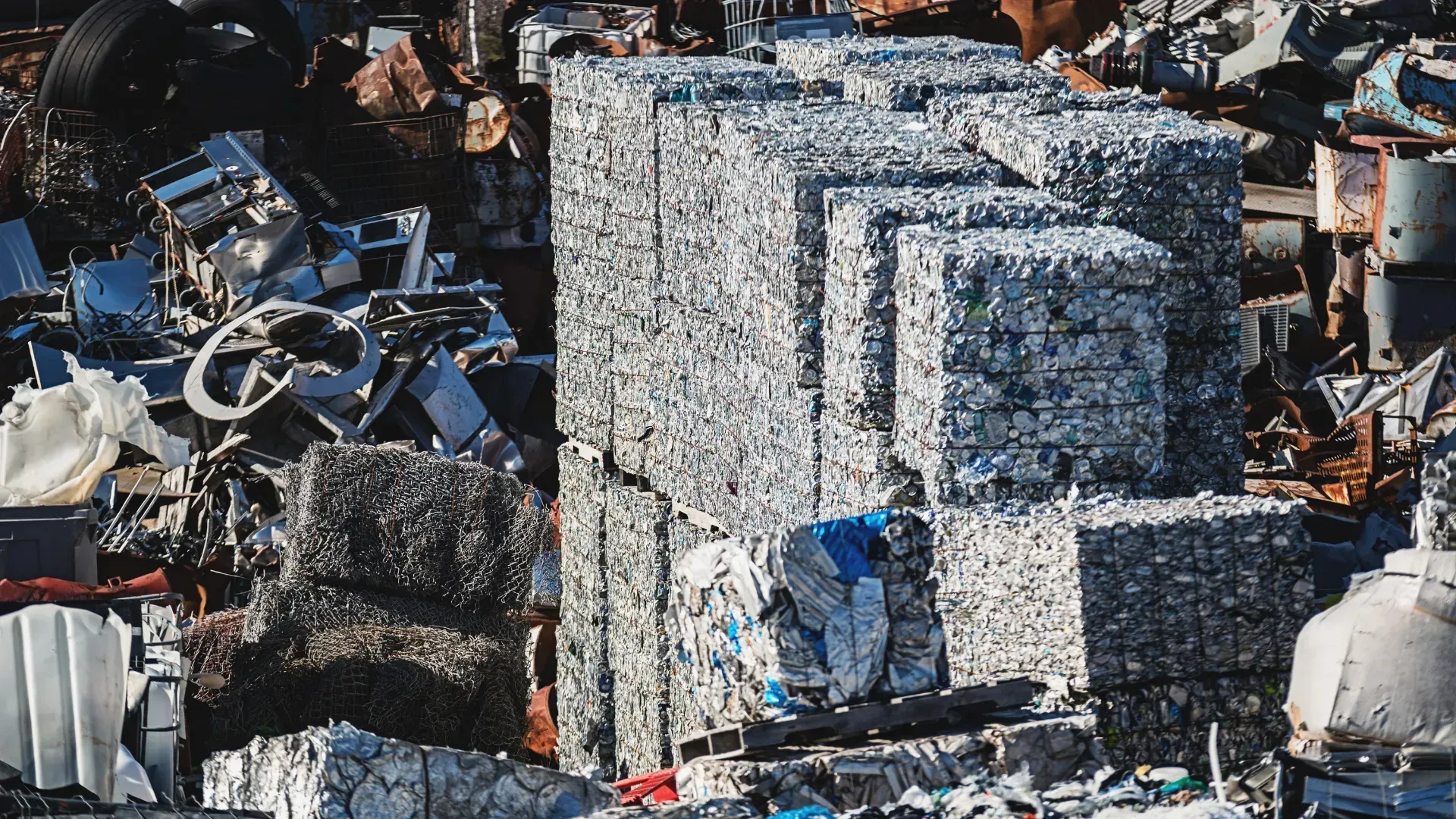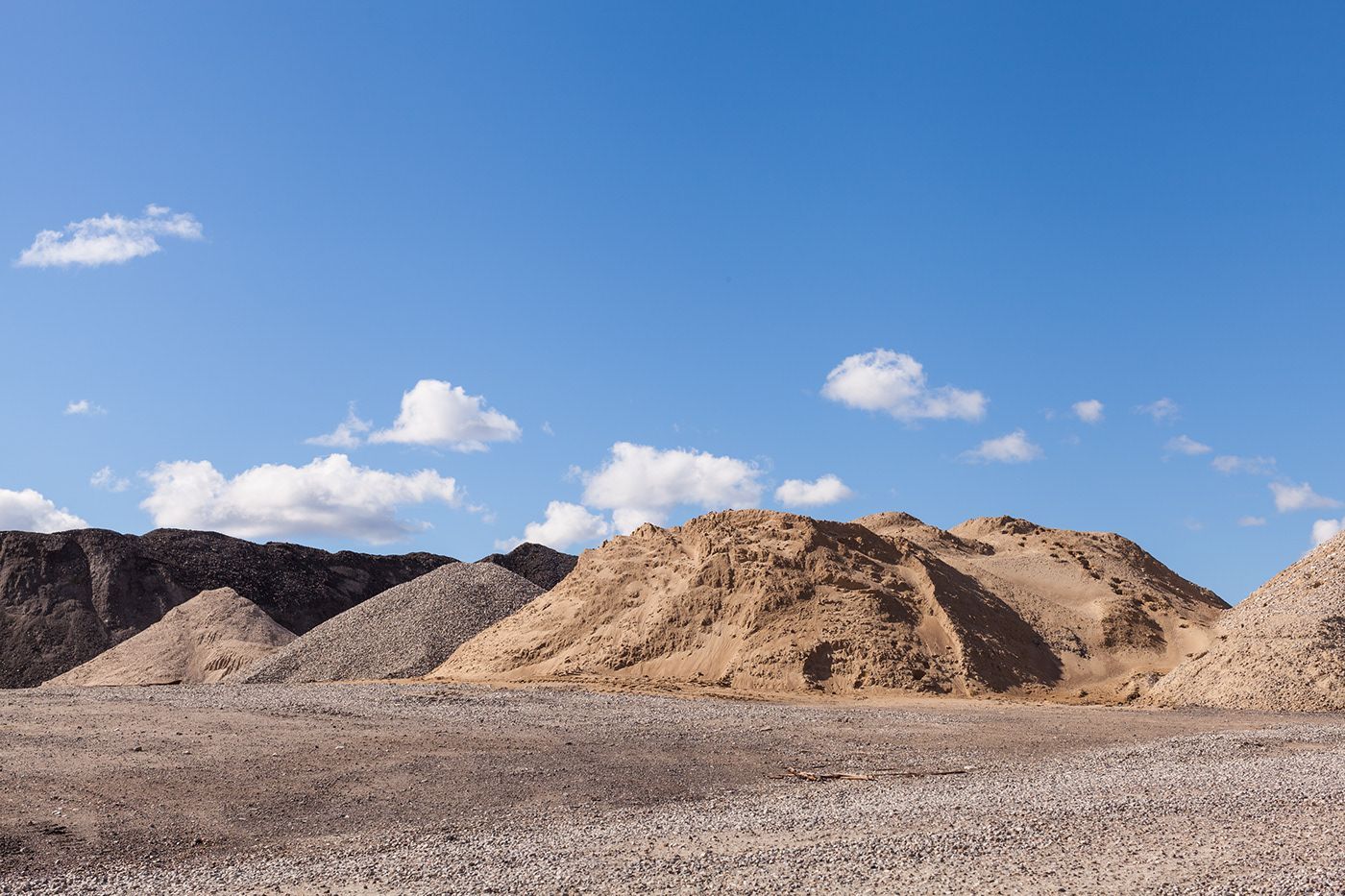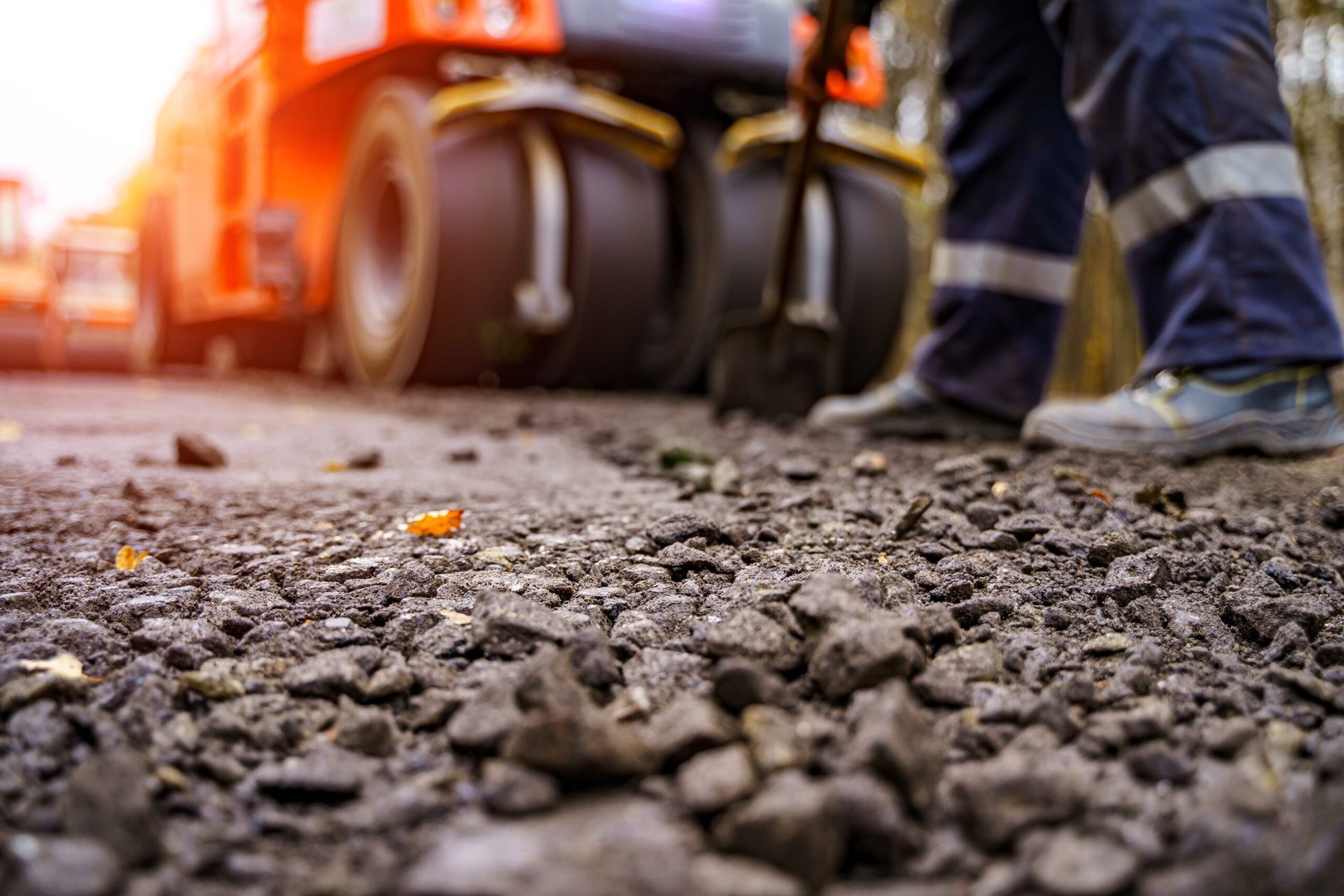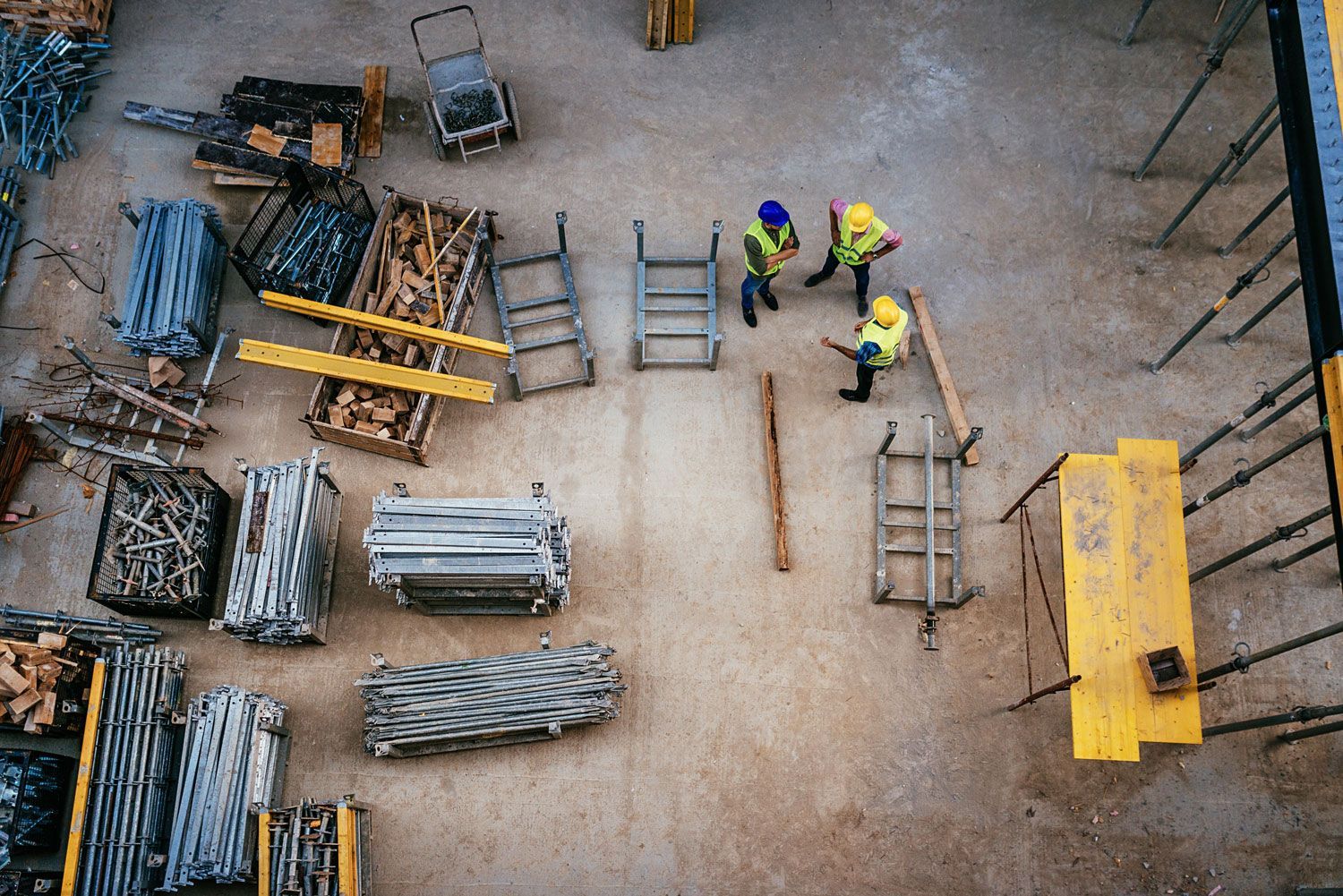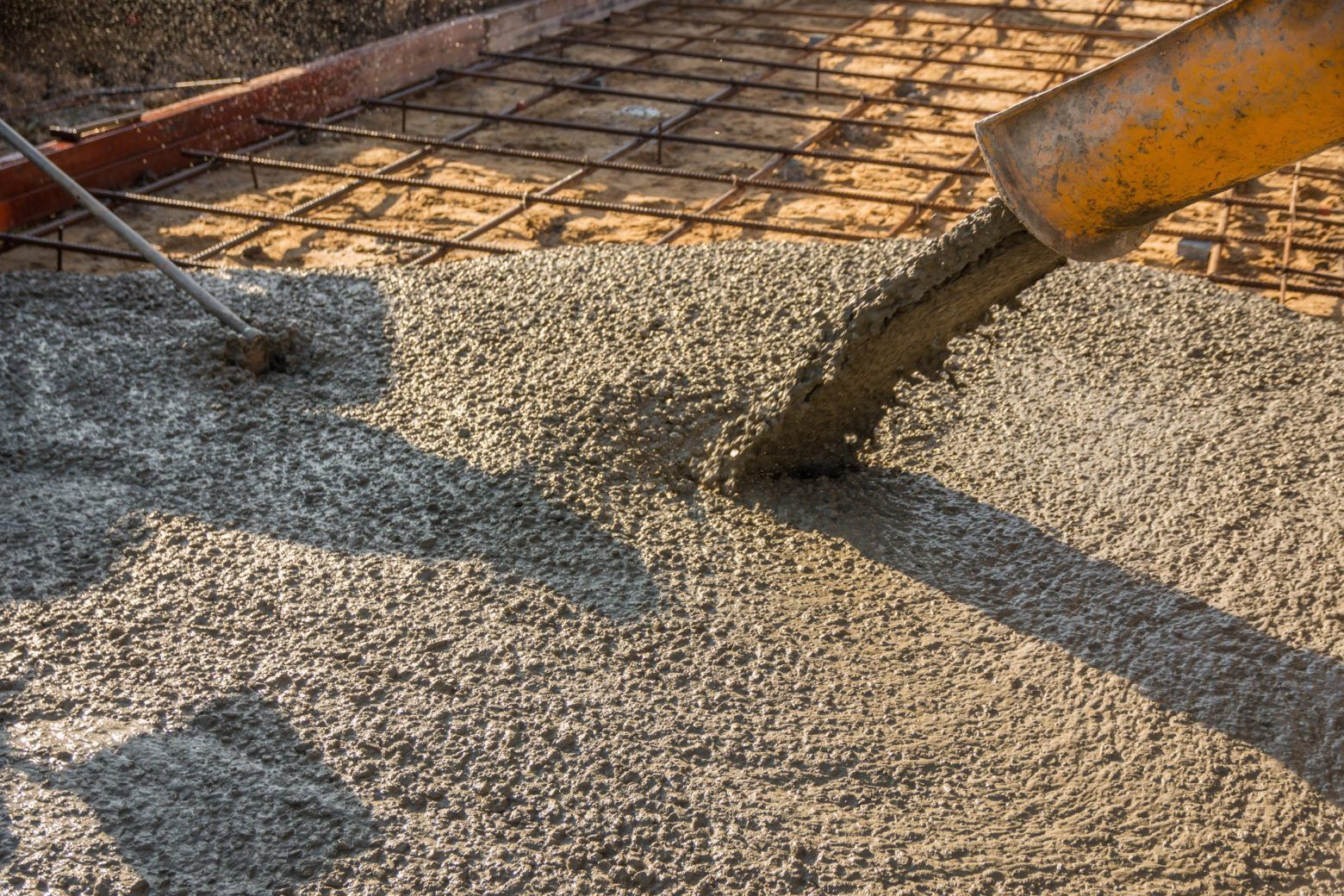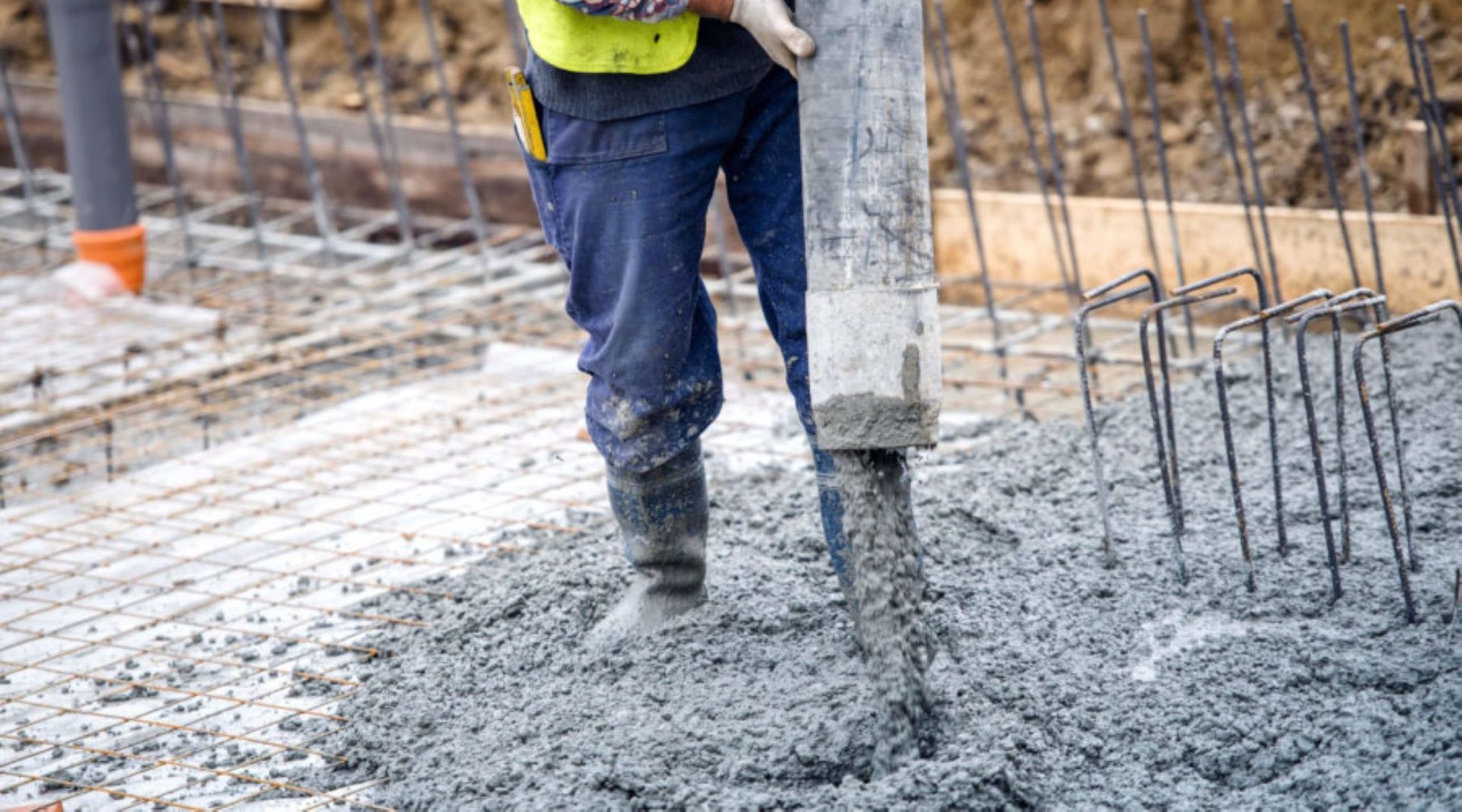A Beginner’s Guide To Quarrying
First discovered by early settlers in Britain, primarily for building stone materials and the extraction of metal for weapons and coins, quarrying continues to be a prevalent method of extracting materials for use across several different industries. In today’s modern world, quarrying is used to remove rock, sand, gravel and other minerals from the ground in order to use them in construction, (known as aggregates), making quarrying vitally important to the sourcing of many essential materials.
What Does Quarrying Produce?
Quarrying produces several different types of material used across a number of industries, below are some of the key materials found in quarry sites:
● Salt
● Potash
● Gypsum
● Coal
● Limestone
● Clay
● Kaolin
● Silica sand
The Process
There is a strict and extensive process required when quarrying for said materials, let’s take a closer look at the process of quarrying:
● Remove the top layer of material, (known as the ‘overburden’).
● Drill holes, insert your explosives and blast the rock to loosen materials.
● Transport the materials for processing, (load & haul).
● Using crushing and screening technologies, process your materials.
● Transport finished product to customers or business partners.
● Products are recycled and re-distributed to reduce carbon emissions.
Advantages and Disadvantages
Quarrying has several advantages and disadvantages one must consider, with high demand and requirement across many industries, sourcing quarried materials is essential but can come with serious drawbacks. Below we highlight key advantages and disadvantages of quarrying:
Advantages
● Job Creation: Quarrying creates job opportunities in rural areas that otherwise may not have the number of jobs necessary for demand. Quarries require high levels of workers on-site to operate and provide possibilities for many.
● Provides Income: Quarrying is well documented to provide a steady form of income for local councils/areas through taxation.
● High Demand: there is an increasingly high demand for quarry materials such as stone or cement across several industries indicating quarrying is currently essential.
● Promote Rural Areas: Quarries are typically found in remote rural areas and they can massively benefit from increased income, job creation and improved road/motorway access, due to the demand for suitable communications for transporting quarred materials.
● Integral to Economy: Over 30,000 people are either employed directly by a quarry site or in other related industries, making it integral to our economy and the livelihoods of many.
Disadvantages
● Destruction of wildlife and habitats: Quarrying for materials can lead to the degradation or elimination of wildlife habitats, potentially causing harm to a number of species.
● Removes Agricultural Land: As suggested, quarrying leads to the removal of natural land, a valuable and essential commodity for animals and people alike.
● Creates Pollution: Quarrying will lead to pollution from dust and debris, as well as noise pollution generated by heavy machinery and drilling. Equally, many consider quarries to be a visual pollutant, ruining the aesthetic of the natural environment.
● Unsustainable: some materials that are quarried, such as limestone, are non-renewable, finite resources and as such, can be considered unsustainable. In similar terms, quarries are often used for landfills or waste disposal sites.
If you’re looking for reliable suppliers of reclaimed stone and other recycled aggregates, look no further than
W M Thompson & Son. We supply crushed
concrete, asphalt, gravel to provide our clients with the services and materials they require and more.
Contact us today.

